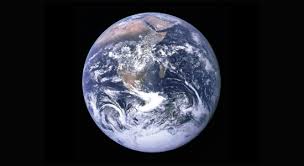Recent research has provided compelling evidence that the Earth’s inner core has begun to slow its rotation compared to the planet’s surface. This phenomenon, discovered in 2010, could have implications for the length of a day on Earth.
Exploring the Inner Core
- Composition: The Earth’s inner core is a solid sphere composed of iron and nickel. It is surrounded by the liquid outer core, which is made of molten metals, and together they form one of the planet’s three layers.
- Study Methods: Due to its inaccessibility, scientists study the inner core by analyzing seismic waves generated by earthquakes, known as seismograms.
Insights from the Study
John Vidale’s Perspective
John Vidale, a professor of Earth Sciences at the University of Southern California, expressed surprise upon first observing the seismograms indicating the inner core’s slowdown. Further analysis confirmed this unprecedented change, challenging previous assumptions about its rotation.
Magnetic and Gravitational Influences
The spin of the inner core is influenced by the magnetic field generated in the outer core and gravitational effects within the Earth’s mantle. This interaction may explain the observed slowdown.
Implications for Earth’s Rotation
Climate Change Connection
A study published in Nature found that climate change-induced melting of ice in Greenland and Antarctica is affecting global timekeeping by slowing down Earth’s rotation. This phenomenon has led to fewer “leap seconds” being added to Coordinated Universal Time (UTC) in recent decades.
Research Methods
Researchers analyzed seismic data from multiple sources, including repeating earthquakes and historical nuclear tests, to track changes in the inner core’s rotation. This comprehensive approach provided robust evidence for the observed slowdown.
The discovery of Earth’s inner core rotation slowdown highlights the dynamic nature of our planet’s geophysical processes. Continued research in this area will deepen our understanding of Earth’s internal dynamics and their broader implications for our planet.




